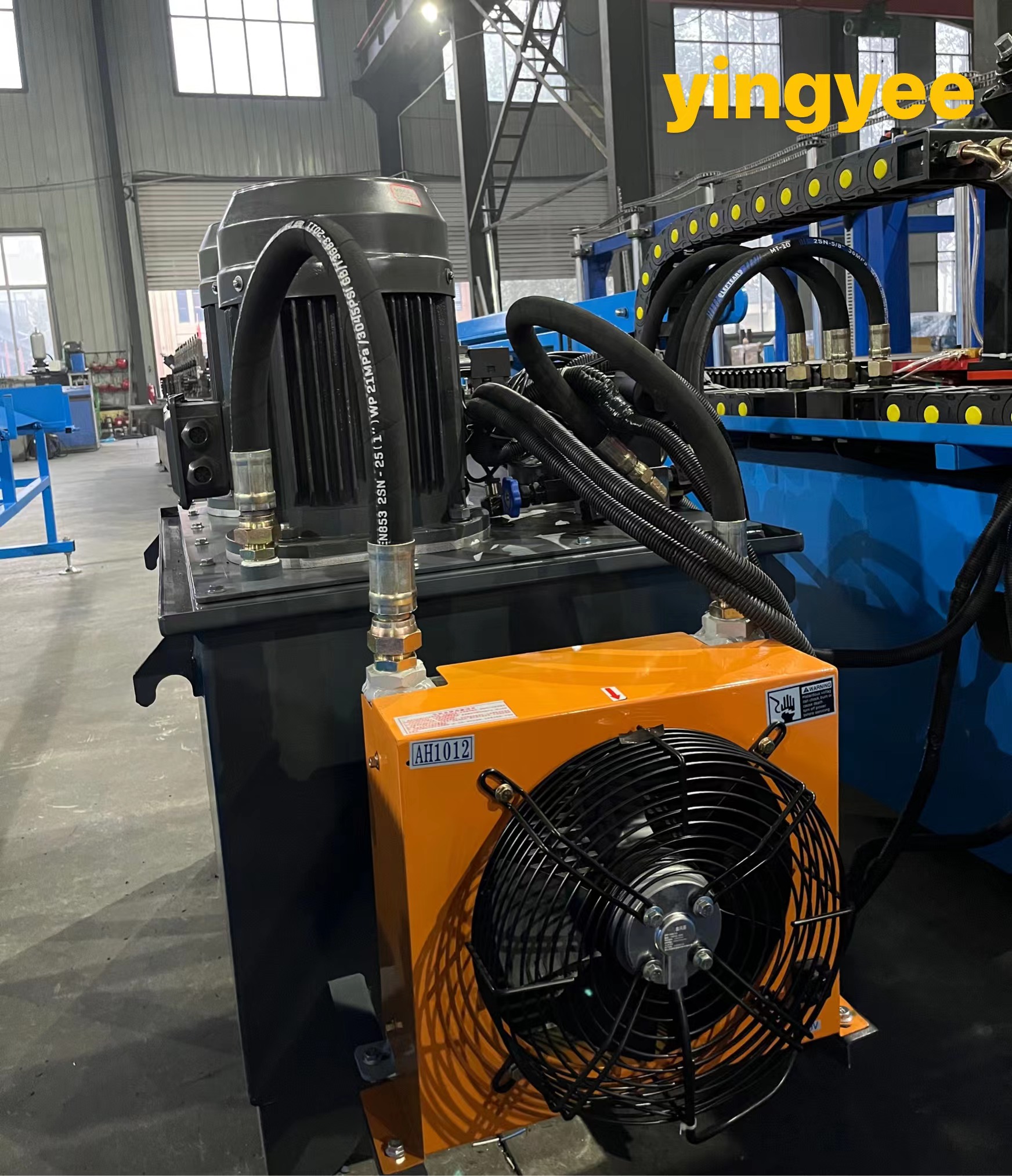
The Importance of Solar Mounting Brackets Roll Formers in Modern Solar Energy Systems
As the world shifts towards sustainable energy solutions, solar power has arisen as one of the most viable alternatives. Central to the efficiency and effectiveness of solar energy systems are the components that hold solar panels in place—solar mounting brackets. These brackets not only support the solar panels but also ensure optimal angle and positioning for maximum sunlight absorption. To produce these essential components efficiently, solar mounting brackets roll formers play a critical role in the manufacturing process.
Understanding Roll Forming
Roll forming is a continuous bending operation in which a long strip of metal is fed through a series of paired rolls that progressively shape it into the desired cross-section. This process is highly efficient for producing uniform and precise shapes, which is crucial in manufacturing solar mounting brackets that can withstand various environmental pressures. Roll forming machines can produce large volumes of products at a consistent quality, making them ideal for the growing solar energy market.
Key Features of Solar Mounting Brackets
Solar mounting brackets must be designed to be sturdy, lightweight, and resistant to various weather conditions. They also need to accommodate the specific dimensions and weights of different solar panels. Some of the common types of mounting brackets include
1. Roof-mounted brackets These are designed to be installed directly onto the roof structure, providing a secure platform for solar panels. 2. Ground-mounted brackets These are typically used in larger installations, such as solar farms, where panels are installed on stands that elevate them off the ground. 3. Adjustable brackets These allow for angle adjustments to optimize sunlight capture throughout the day.
The design and production of these various types of brackets require flexibility in manufacturing, which is where solar mounting brackets roll formers come into play
.
The Role of Roll Formers in Manufacturing
Solar mounting brackets roll formers are engineered to produce the exact shapes needed for different types of mounting solutions. By using specialized dies, these machines can create complex profiles that ensure strength and durability while minimizing material waste. The process also allows for quick changes in design to meet specific project requirements.
Additionally, the integration of automation in roll formers enhances efficiency and reduces labor costs. Automated systems can monitor production in real-time, adjusting speeds and parameters to maintain high-quality standards. This capability is particularly important when scaling production to meet the demands of growing solar markets around the world.
The Future of Solar Mounting Brackets Production
As solar technology advances, so too will the production methods for mounting brackets. Innovations in materials, such as lightweight composites or advanced alloys, and improvements in roll forming technology are poised to revolutionize the industry. Manufacturers are exploring designs that enhance aerodynamics and reduce weight without compromising strength. This will ensure that solar energy systems are not only efficient but also cost-effective.
Furthermore, environmental considerations are influencing the entire production process. Manufacturers are increasingly committed to sustainability, utilizing recyclable materials and environmentally friendly practices in their roll forming operations.
Conclusion
Solar mounting brackets are vital components of any solar energy system, ensuring that panels remain securely in place while maximizing sunlight exposure. The use of roll formers in their production enhances efficiency, precision, and adaptability, enabling manufacturers to meet the growing demand for solar energy solutions. As the push for renewable energy continues to gain momentum, the importance of high-quality, durable solar mounting brackets will only increase. Thus, investing in advanced roll forming technology will be crucial for companies looking to remain competitive in the dynamic solar market.